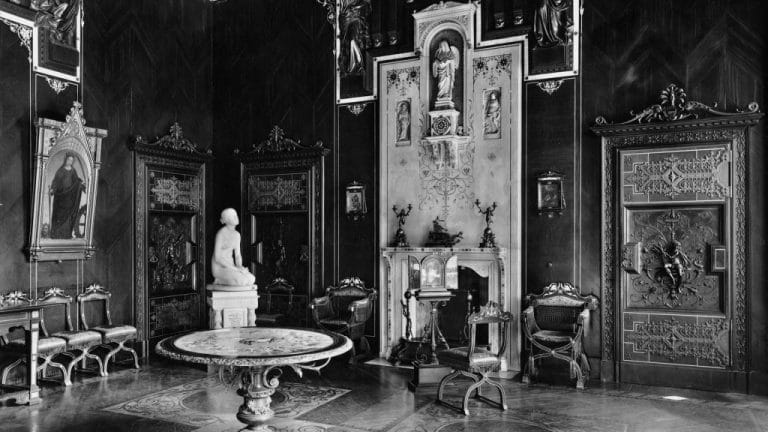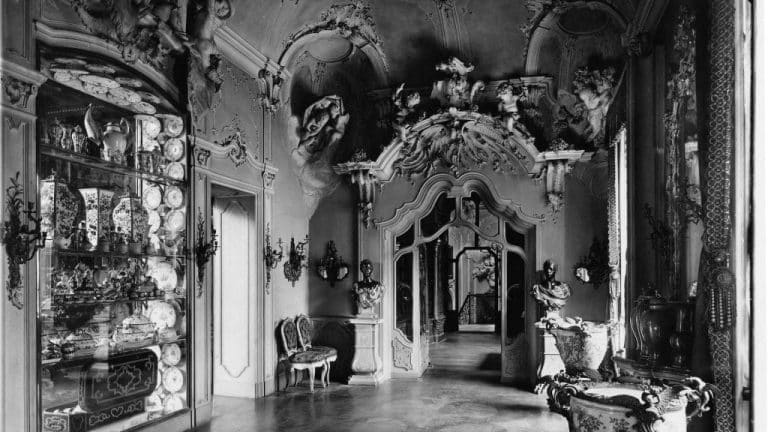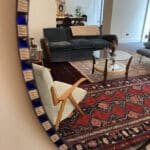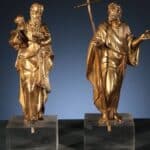Poldi Pezzoli
Among the most important Milanese museums, the Poldi Pezzoli Museum was born from the collecting activity of one of the most famous Milanese noblemen of the nineteenth century.
Gian Giacomo Poldi Pezzoli was in fact grandson, on his mother’s side, of Prince Gian Giacomo Trivulzio, exponent of one of the best-known families and
fullyadherent to the neoclassical and Enlightenment culture of the Milan of those years. Certainly ours inherited the love for collecting from his grandfather, who boasted a huge collection of books and manuscripts (today the founding nucleus of the Trivulziana library), as well as precious objects and rarities following the example of the most prestigious Wunderkammer.

From the age of 24, that is, from when he came of age according to Austrian law, Gian Giacomo Poldi Pezzoli began to collect ancient weapons and armor, on the advice of his trusted shipowner Carlo Maria Colombo. This collection was placed in a room of the Poldi palace, specially used as an exhibition space. The Arms Room was set up between 1846 and 1851 in full Neo-Gothic style, thanks to the work of Filippo Peroni, none other than the scenographer of the Teatro alla Scala.
During the Five Days of 1848 the armory was sacked, probably by the Austrians as a sign of retaliation against the young Poldi Pezzoli, active in the uprisings. Following the re-established order in Milan by Marshal Radetsky, Gian Giacomo was in fact forced into exile. This distancing, however, was wisely used to visit some of the main cities, such as Paris and London, where he certainly came into contact with the most cultured and enlightened environments. He managed to return to Milan upon payment of a large fine. In the following years he continued to expand his collections, enriching them with very important masterpieces. He also continued the preparation of the family palace, in full revival style so dear to the nineteenth century. For the different rooms of his home, Gian Giacomo Poldi Pezzoli in fact chose different styles, all emblematic of the
Italian culture of the past, albeit from different eras, as models to look at in the perspective of the new Italian unity.
The bedroom was built in Neo-Baroque style, the Dante study in Neo-Romanesque and Neo-Moorish style and the Black Room in Neo-Renaissance style. For the realization of the rooms they were called among the most important and well-known artists of the Milan of those years, including Giuseppe Bertini, Luigi Scrosati and, certainly not least, Giuseppe Speluzzi. Undisputed protagonist, Bertini was the one who most succeeded in influencing and guiding the taste of Gian Giacomo Poldi Pezzoli. A true promoter of a very specific iconographic and furnishing project, Bertini enjoyed this position also thanks to his positions first as a teacher and then as director at the Brera Academy of Fine Arts. The trust that Gian Giacomo placed in his artistic advisor and friend was such that, by express will, he became the first director of the museum, after the death of the client, faithfully respecting its layout.
Giuseppe Bertini was particularly involved in creating the famous stained glass windows of the Studiolo, and in designing the other rooms.

The Studiolo, one of the first premises to be built, also constituted a proof of the partnership between the three artists, who also collaborated for the years to come. If Bertini and Scrosati already knew each other previously, as members of the Society of Artists (where Poldi Pezzoli himself, also a member since 1848, probably met them), Giuseppe Speluzzi was involved as a bronze worker and carver starting from 1856 for
the decoration of the small room in the Neo-Romanesque style. Certainly appreciated by Bertini for his adherence to the stylistic ideals and the taste of the considerable project, but also for the executive ability, the artist remained in the service of Gian Giacomo Poldi Pezzoli for several years. Made by him, again based on a design by Bertini, some of the furnishings are in fact kept in the Black Room.

The shelves, consoles and chairs in rocaille style which are kept in the so-called Sala degli Stucchi
(originally called Sala Gialla) are also due to the refined and careful hand of Speluzzi.

The ability to create objects in different styles further denotes the great technical knowledge and the ability to work the materials in order to create different stylistic effects, with more or less elaborate decoration depending on the need.
But Speluzzi’s contribution to the house-museum cannot be limited only to his activity as an artist: he was also a fundamental figure as a restorer and mediator in the purchase of works of art for the collections of the Milanese nobleman.
On April 6, 1879 Gian Giacomo Poldi Pezzoli died, who had already arranged for the foundation of the Poldi Pezzoli Foundation with the will drawn up in 1871. This was to not only prevent the dispersion of the heritage but also take care of its use by the public, in the same house that he had so carefully designed. As a demonstration of the enlightened conception that Poldi Pezzoli had, the same established that the newborn museum (which actually opened in 1881) should be subject to the same rules envisaged for the Pinacoteca di Brera, considered as a virtuous example to which to look as a model.
Heavily damaged by bombing during the Second World War, the Poldi Pezzoli Museum was partially destroyed by fire bombs. The noble floor of the building burned down completely, together with the nineteenth-century settings so carefully designed by the collaboration between Poldi Pezzoli and Bertini. Fortunately, however, all the works of art and movable furnishings were saved and indeed contributed to the push that led to the reconstruction of the museum and the new displays, also by virtue of the continuous increase in collections, which make the museum one of the most dynamic and relevant cultural institutions of the city.
Below is the link to the Museum website: https://museopoldipezzoli.it/en




